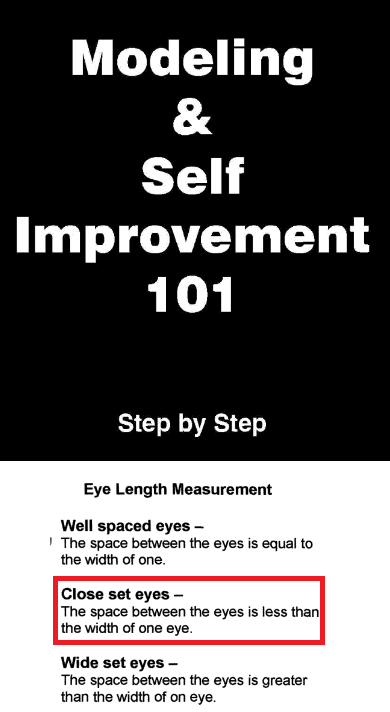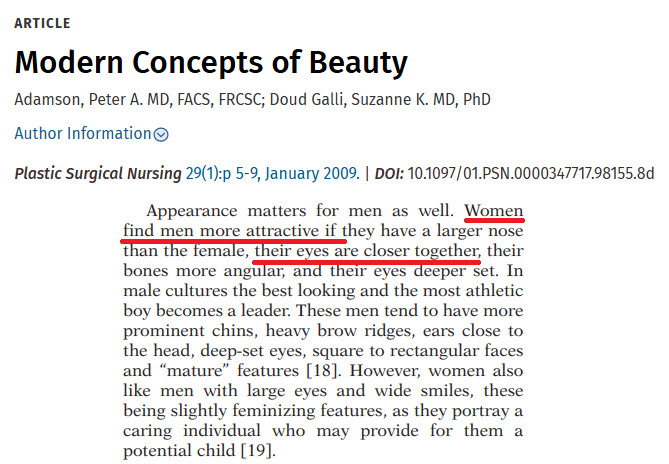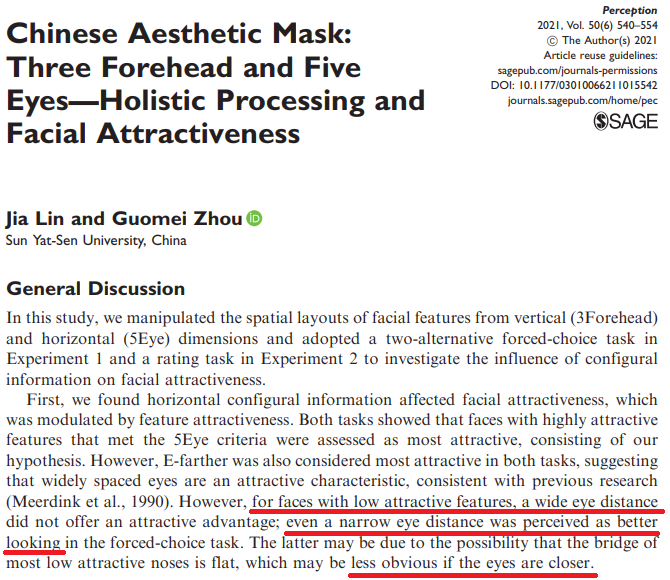Summary
Close-set eyes, where the distance between the eyes is less than one eye width, are considered an attractive feature in men, as suggested by several studies. Bochan (2006) categorized eye spacing into close-set, normal-set, and wide-set eyes, emphasizing their influence. Adamson and Galli (2009), in their study published in the Journal of Plastic and Aesthetic Nursing, found that women are drawn to men with close-set eyes, associating this feature with maturity and other masculine traits that enhance overall facial appeal. Further, Lin and Zhou (2021) revealed that close-set eyes are perceived as more attractive in individuals with generally low attractive features. The study explained this preference by noting that a flat nasal bridge, often linked to less attractive noses, appears less noticeable when the eyes are closer together, thereby improving facial harmony.
Research
Current beauty standards suggest that men’s facial attractiveness is influenced by eye distance. According to Bochan (2006), eye distance can be measured with respect to eye width. These measurements are close-set eyes (i.e., eyes are closer together than one eye width), normal-set eyes (i.e., eyes are spaced one eye width apart), and wide-set eyes (i.e., eyes are farther apart than one eye width).

According to a study by Adamson and Galli (2009) published in the Journal of Plastic and Aesthetic Nursing, women find men more attractive if they have close-set eye distance (i.e., their eyes are close together) along with other “mature” features.

Moreover, according to Lin and Zhou (2021), a narrow eye distance (i.e., close-set eye distance) was perceived as better looking for faces with generally low attractive features. The study further explains this preference by noting that a flat nasal bridge, commonly associated with less attractive noses, may appear less pronounced if the eyes are closer together.

References
Bochan, T. (2006). Modeling & Self Improvement 101. Trafford Publishing.
Adamson, P. A., & Galli, S. K. D. (2009). Modern concepts of beauty. Plastic and Aesthetic Nursing, 29(1), 5-9. DOI: 10.1097/01.PSN.0000347717.98155.8d
Lin, J., & Zhou, G. (2021). Chinese aesthetic mask: Three forehead and five eyes—holistic processing and facial attractiveness. Perception, 50(6), 540-554. https://doi.org/10.1177/03010066211015542